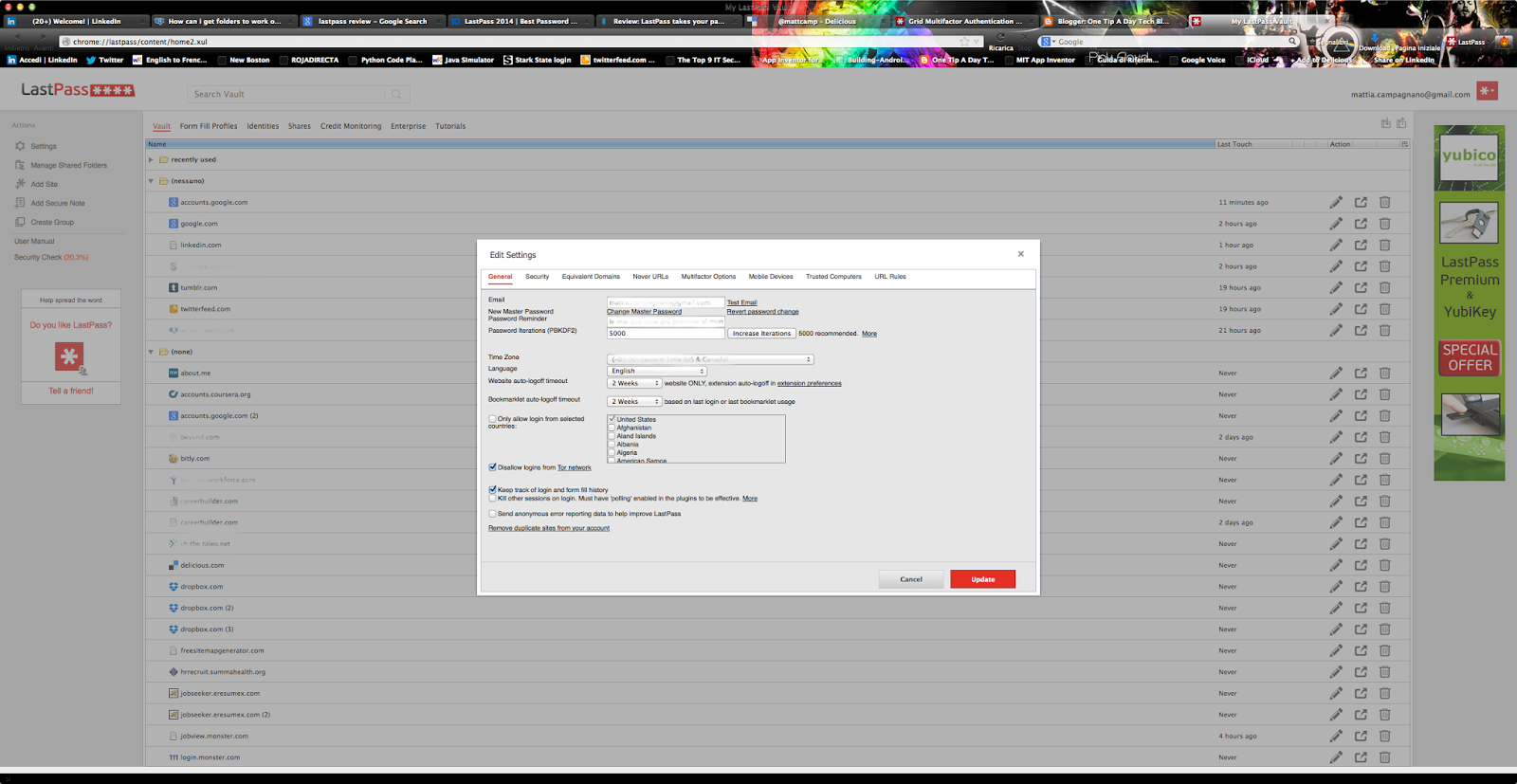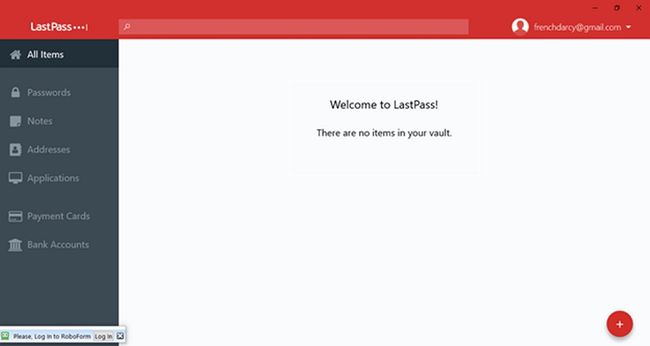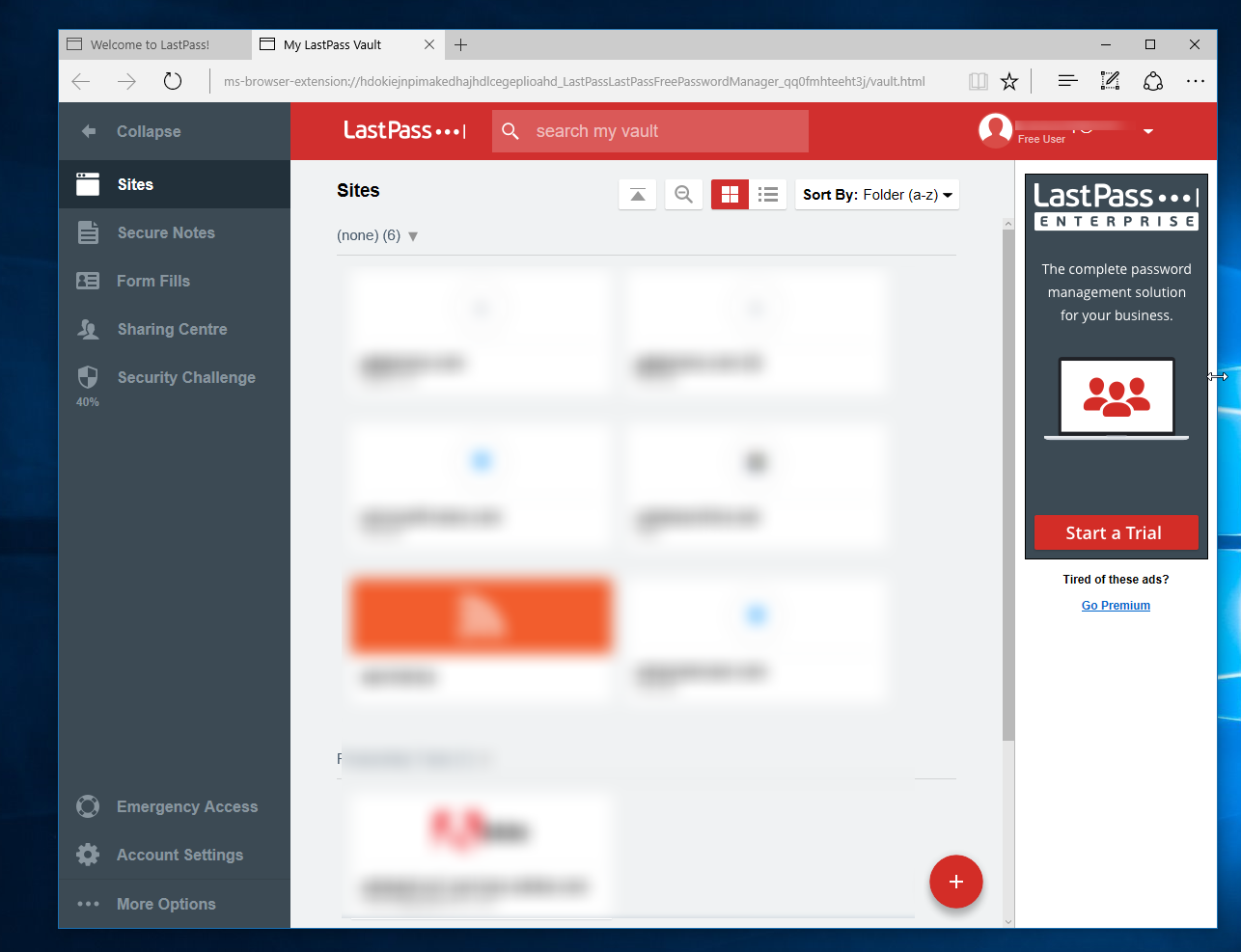

On Windows open the Start Menu, and under Programs click LastPass, then Uninstall LastPass. The final step is to remove any LastPass apps you have installed. It'll take you saying, yes, I really want to do this several more times, but in the end your account will be deleted. Click and you'll finally get a page where you can enter your master password and delete your account.

This will open, yes, another new page, where there is another Delete Account button. This will open a new tab where you should see a button that says Delete or Reset Account. If you run into any problems, see Bitwarden's instructions for some helpful screenshots. Click Import Data and Bitwarden will do its thing. Chose the LastPass (CSV) option from the format dropdown and navigate to the CSV file you saved earlier when exporting your data from LastPass. Then log in to your Web Vault, click the Tools option in the top navigation bar, and then select Import data from the menu. Now you can import all that data into Bitwarden.įirst, create a Bitwarden account.

Bitwarden was audited in 2020 by a third party to ensure that it's secure.īitwarden also has an option to import that LastPass export CSV file you saved-and your form-fills CSV file too, if you used that feature. In theory, the more eyes on the code, the more airtight it becomes.
#Lastpassfor windows 10 code
There are two other plans: a premium option ($10 per year) with support for Yubikey and other extras, and a Family Plan that includes support for up to six users ($40 per year).īitwarden is open source, which means the code that powers Bitwarden is freely available for anyone to inspect, search for flaws, and fix. Bitwarden is free with no limits, and it's every bit as polished and user-friendly as competitors. If you want to stick with a free service, I suggest Bitwarden.


 0 kommentar(er)
0 kommentar(er)
